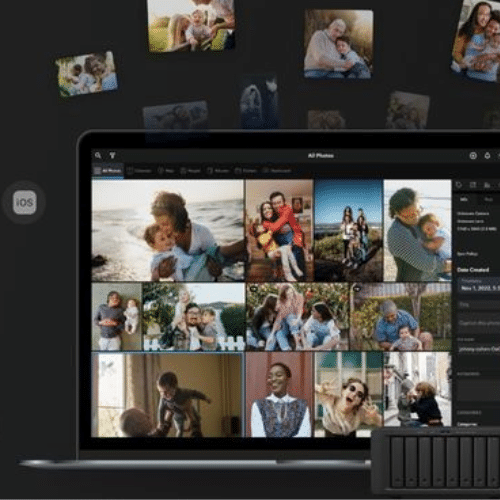| "Red Flags" in Online Genealogy |
| The term “red flag” is usually used in the context of dating and relationships. (“If he says all of his exes were crazy, that’s a red flag.”) People have their own tastes and opinions of course, but “red flag” generally refers to universal signs that you should proceed with extreme caution, if at all. This concept can work in genealogy, too. Just as online dating apps allow people to connect with thousands more people, the internet has made thousands of family trees available to search. And, like dating, there are a few red flags that you can look out for to prevent yourself from getting involved with the wrong research! Earlier this week I asked our Facebook and Twitter followers what they consider “red flags” in genealogy research. Here are a few common threads we found: in the comments: No source, not interested The number one red flag our followers brought up was no sources. As one commenter eloquently put it, “No sources, not interested.” Sources are the basis for responsible and accurate research. If you want to prove something in genealogy, you need sources. Period. Additionally, genealogy websites like Ancestry and FamilySearch are NOT sources. If a tree has thousands of ancestors and the only source mentioned is other Ancestry trees, that’s a field full of red flags. Logical errors Another red flag our commenters were quick to point out is logical errors. This can include everything from ancestors appearing in censuses after their death, ancestors getting married at age 5, twins born on different dates, etc. Logical errors can be sneaky, it’s worth systematically combing through any new information to catch these errors before they take root in your family tree. Too big, too old, too famous A few of our followers rightly pointed out that if someone claims to be related to someone famous (royalty, military heroes, or in some cases Biblical characters) it's a sign that their research might be less-than-accurate. While it is possible to trace your ancestry to famous persons, it isn’t common. Other red flags include trees that claim to stretch back to implausible dates (think 1400s and before) or trees that are implausibly large (especially if there are no sources listed). I’ll admit, this paints a pretty dismal view of the online tree-scape. It can seem like there are red flags everywhere you turn. However, don’t despair! Read on for articles that will help you read the signs and keep your research drama-free. |















